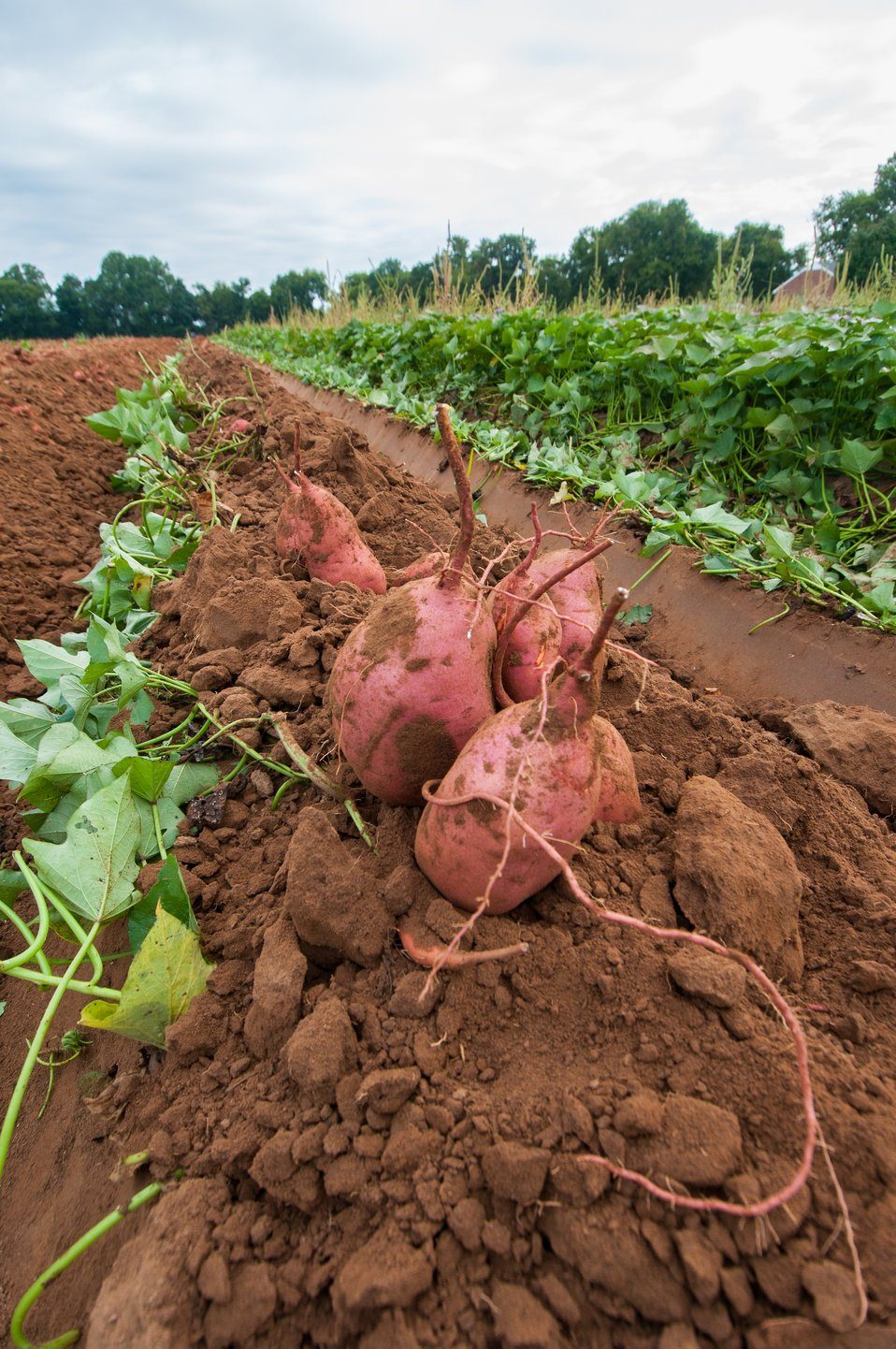Iron Nutrition and Availability

Understanding Product Dimensions in Nutrient Solutions
When I come up with a product there are many dimensions that I have to take into account. How will react in the mixing tank? How stable will it be in the bottle sitting on the shelf? Once mixed into a nutrient solution how compatible will it be with other products, both in the short and the longer term. From there, how well will it be absorbed by the root system, and ultimately what kind of biochemical reactions will it undergo once it reaches its final destination.
The Challenge with Iron in Nutrient Solutions
One of my biggest headaches is iron. There are only a few forms that are soluble in water and these can all have issues when it comes to long term stability.
Comparing Different Forms of Iron in Fertilizers
The 3 forms that are typically encountered are sulfate, EDTA, and DTPA. The sulfate form is very cheap and high in iron. It is more commonly used in organic agriculture, but since it will readily react with other nutrients causing the iron to fall out and become unavailable.
EDTA and DTPA are both chelated forms and are lower in iron and are expensive compared to the sulfate form. EDTA is the more pH sensitive of the 2 forms but is cheaper and higher in iron. DTPA is significantly more expensive and lower in iron but is the most stable over a wide pH range.
Each have their advantages and disadvantages:
Iron sulfate is found in nature and is by far the cheapest source of soluble iron. It has a lot of stability issues and doesn't blend well with many other nutrients. It can also be used in certified organic production.
Iron EDTA is one of the cheaper of the chelated forms, it will start to destabilize around a pH of 6.5.
Iron DTPA is significantly more expensive and starts destabilizing around pH 7.0.
Iron EDDTA is stable over all pH ranges, is the most expensive but will degrade when exposed to light. When using it, apply just before sunset or somewhere out of the light.
Spotting Iron Destabilization in Water Culture
When using water culture it's pretty easy to tell when the iron has destabilized, as there will be red brown granules on the bottom of the tank. This is actually rust since the iron can react with any oxygen dissolved in the nutrient solution. If making up nutrient solutions ahead of time for use on soilless mixtures, check for red brown fallout in the bottom of the container and if it's present mix up a new batch.
Recognizing Iron Deficiency in Plants
Iron is a micronutrient and is used by plants in the production of chlorophyll used for photosynthesis and so a deficiency will appear as yellowing of the leaves with the veins remaining green. Since iron is unable to move around in the plant a deficiency will show up in younger leaves first making it distinct from other common yellow leaf deficiencies like nitrogen or magnesium.

Symptoms of an Iron Deficiency
Once again, just to stress the point a stable pH of 5.8 - 6.2 is the best way to prevent a deficiency as not only can there be pH lockout but it can actually degrade the molecule.
*Did you know?*
Iron is one of the few plant nutrients that has colour associated with it (the other being copper). Iron sulfate will be a light blue green in solution while chelates will be yellow to brown depending on the pH.

Conclusion: Managing Iron Stability in Nutrient Solutions
In conclusion, while there can be potential for any number of nutrients to lock up iron is of particular concern since it is very unstable. Improper pH, high amounts of oxygen being the biggest culprits. The best remedy is to have regular changes of nutrients and to closely monitor pH levels.
